FR COVERALLS
All coveralls have been carefully designed to provide you protection and comfort while you are working.
CLASSIC
CLASSIC COVERALL has a simple design.
It has a spread collar; a front zipper with two slides; two chest pockets with flaps and snap closure, two patch pockets in pants, and a back pocket. Elasticized waist. Adjustable cuffs with hook and loop.
All coveralls are triple stitched with FR sewing thread as well as bar tacked to reinforce weaker areas.
PREMIUM
PREMIUM COVERALL has a spread collar; a front zipper with two slides protected by a flap with snap button closure; two chest pockets with flaps and snap closure, two patch pockets in pants, and a back pocket.
Elasticized waist. Adjustable cuffs with hook and loop. FR Reflective tapes on shoulders and legs.
All coveralls are triple stitched with FR sewing thread as well as bar tacked to reinforce weaker areas.
RAPTOR
RAPTOR COVERALL has been designed for extreme Works in confined spaces at high temperatures. It has a stretch woven fabric in the lumbar and shoulder area to allow better movement.
Incredibly low resistance to steam (3.17 m2 PA/W) which guarantees to be the most breathable coverall in the market. The Heat loss of the fabric is 642 Watts m2 which provides great comfort to the wearer.
Fire resistant reflective tapes in shoulders, arms, and legs.
Triple stitches and bar tacks to provide great tear resistance.
MULTITASK
MULTITASK COVERALL has been specially designed for vehicular rescue operations although it can also be used for many other tasks.
Extremetely ergonomic and Hi-Vis, perfect for jobs in highways and roads. It is Fire resistant, antistatic, and anti sparks which is very important when there´s a fuel leakage.
It has a breathable bellow in the lumbar area as well as around the shoulder in order to provide maximum mobility. It has knees and elbows ‘reinforcements especially designed.
Fire resistant reflective tapes in shoulders, arms, chest, and legs.
Triple stitches and bar tacks to provide great tear resistance.
Read more …FR Coverall
 EN
EN  ES
ES 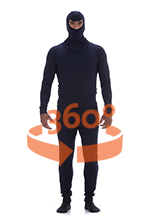


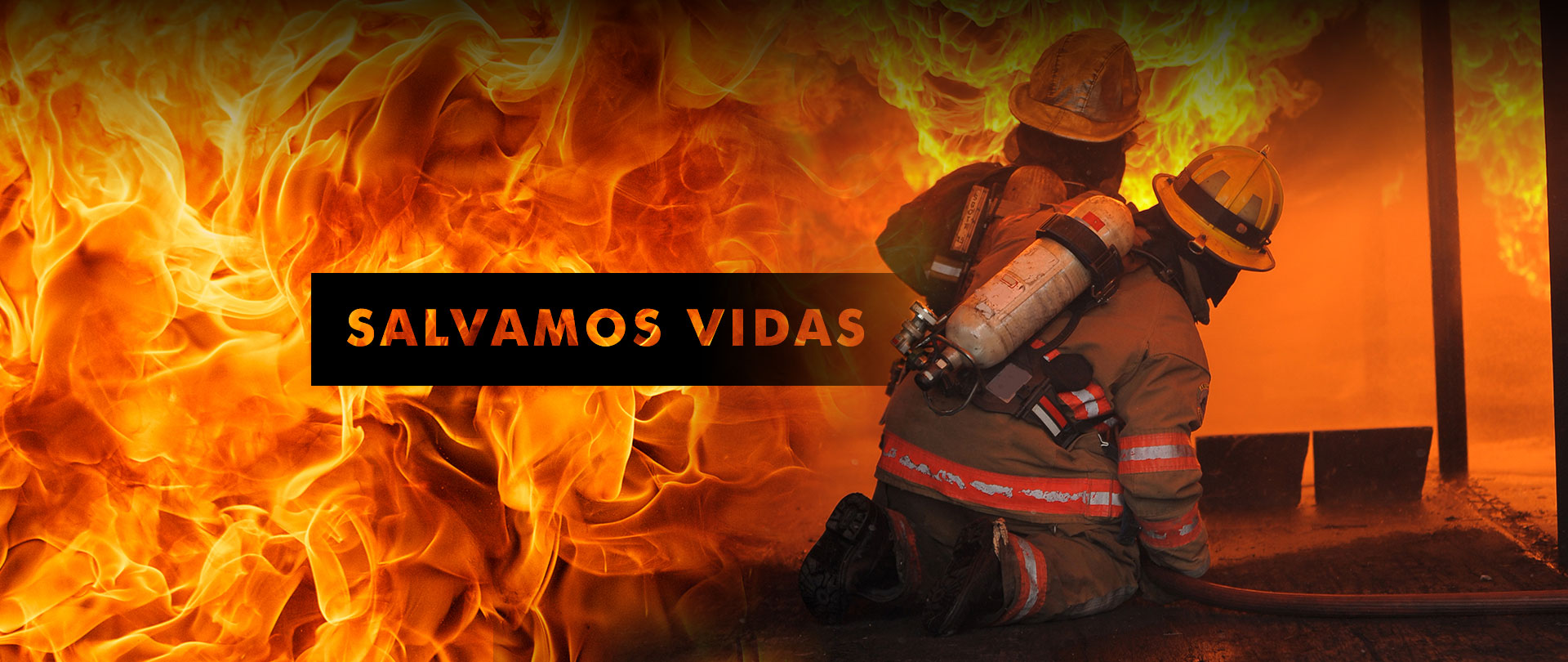
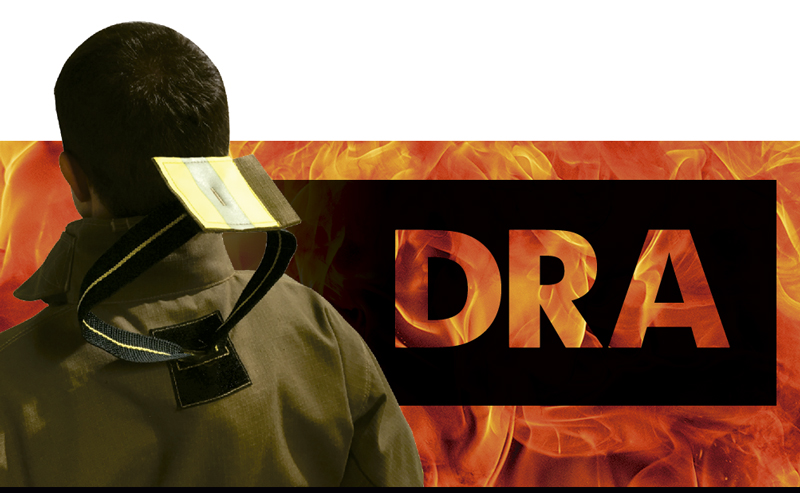

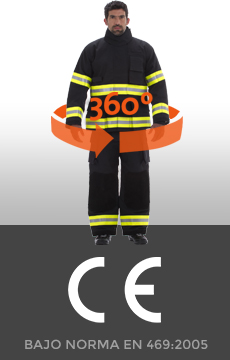


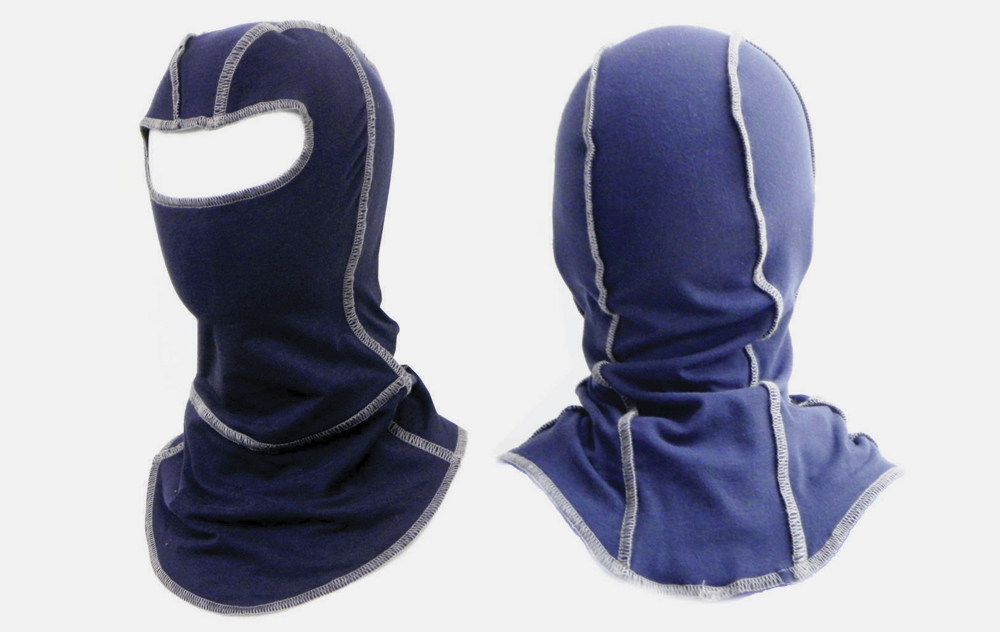
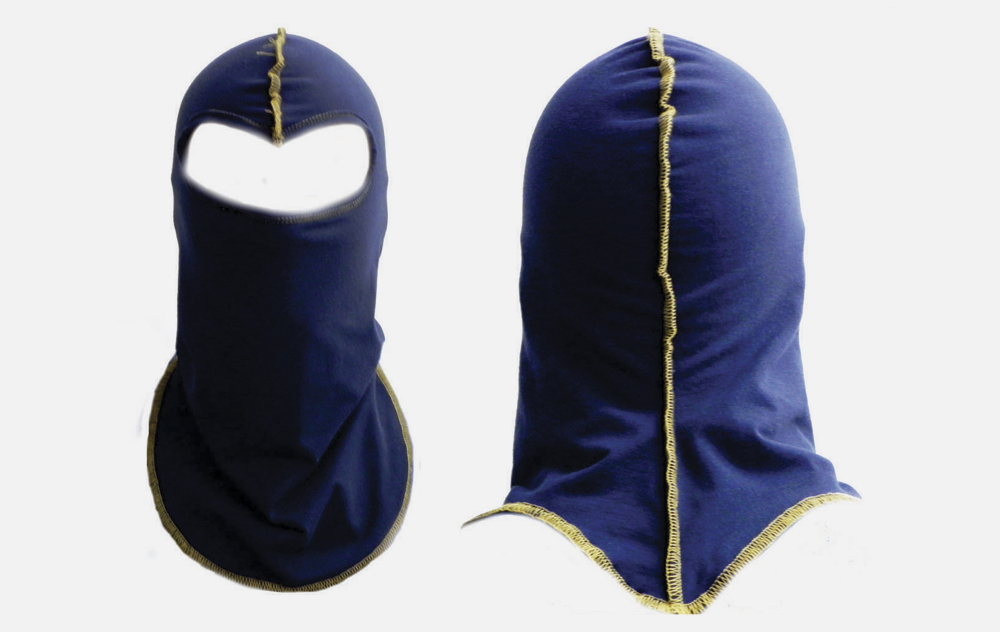
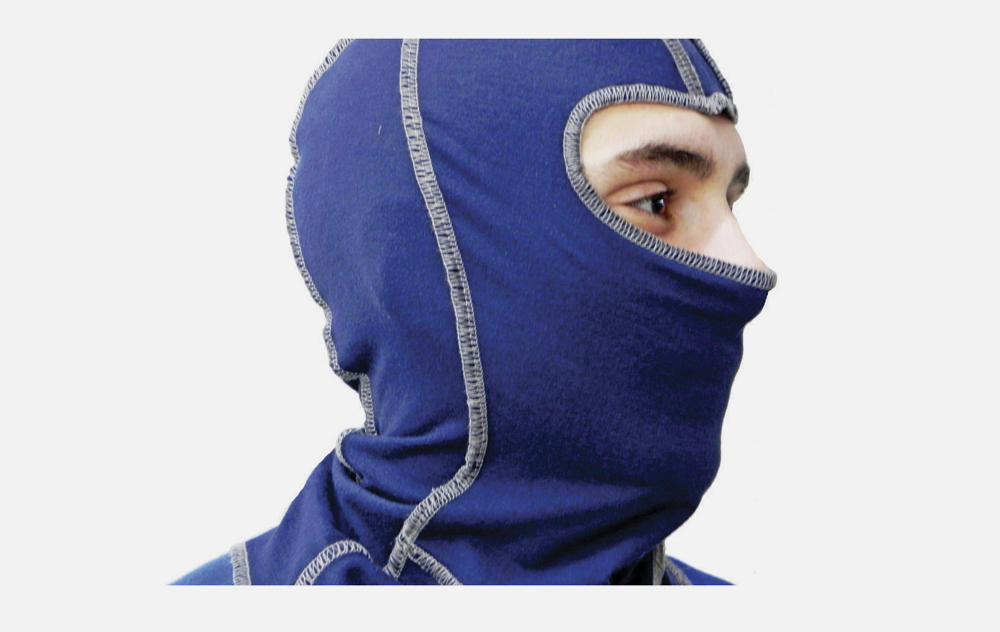


 ©Copyright 2025 Geotex SRL
©Copyright 2025 Geotex SRL